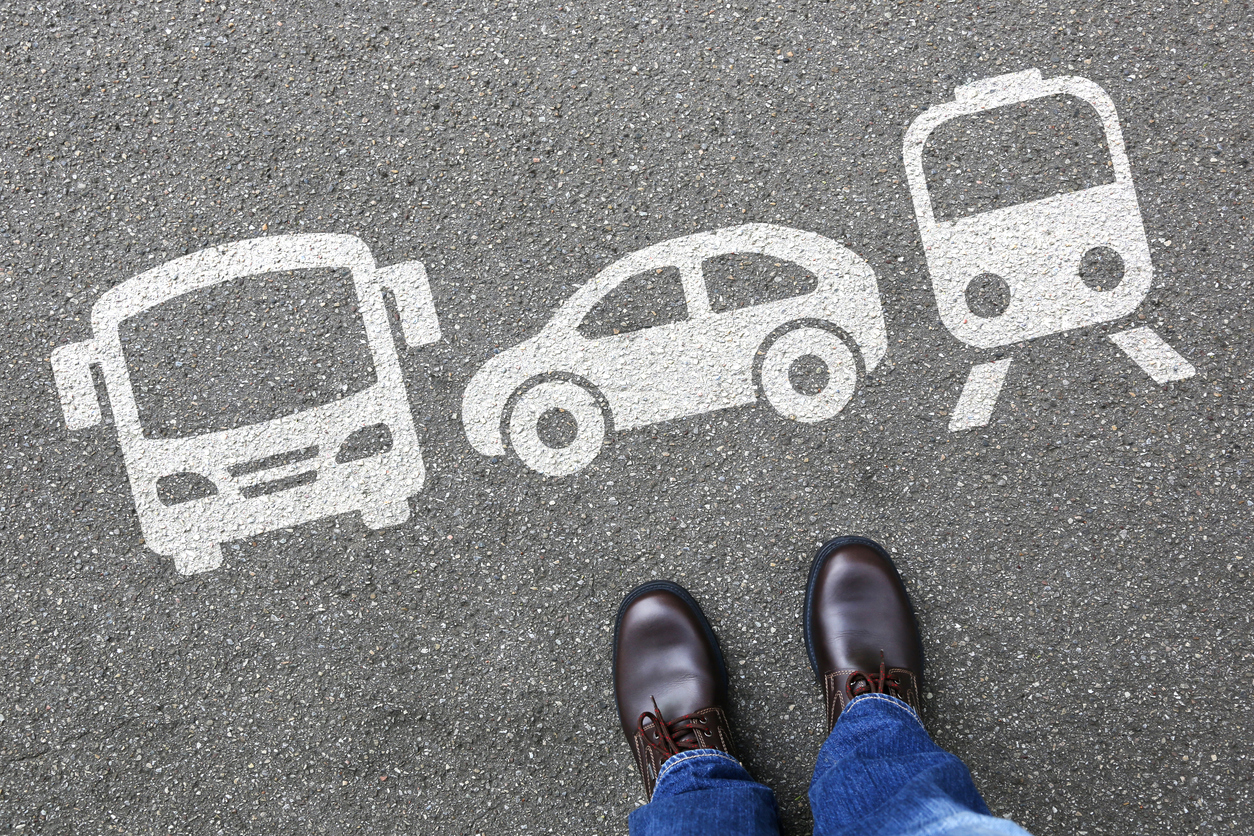Early Bias Shows Planning Failures
In 2005, Sound Transit officials conducted an alternatives assessment of several different high-capacity transit modes for its East Link alignment across Lake Washington. Two modes made the final cut, light rail transit and bus rapid transit (BRT).
After the analysis, Sound Transit officials advanced light rail as their preferred mode across the Interstate 90 bridge. Officials claimed light rail was faster, carried more people and was more reliable, and cheaper than BRT.
This decision surprised many public transit experts because BRT is generally cheaper and performs more efficiently than passenger rail.
This decision also confirmed that Sound Transit officials have always wanted light rail on the Interstate 90 (I-90) bridge across Lake Washington, regardless of rail’s poor performance and high costs. As far back as 1995, and before any substantive alternatives analysis, Sound Transit’s first proposal to voters included light rail across the bridge.
Given its complexities and high capital costs, how do Sound Transit officials justify their choice of light rail over BRT for its route across the Interstate 90 bridge?
Sound Transit officials invented a completely new form of BRT, which was more expensive and operated less effectively than a traditional bus rapid transit system.
Dubbed rail convertible bus rapid transit (RCBRT), officials created a bus system built to rail standards, on exclusive guide ways, which would be fully converted to light rail at some point in the future. By increasing the costs of building the bus system to rail standards and adding the costs of converting it to light rail, and accounting for traffic disruption during construction and conversion, Sound Transit officials were able to artificially boost the costs and reduce the efficiencies normally found in traditional BRT systems, perhaps hoping that no one would notice.
Key Findings
- Instead of bus rapid transit, Sound Transit officials advanced light rail as their preferred mode across the Interstate 90 bridge.
- By increasing the costs of building the bus system to rail standards and adding the costs of converting it to light rail, and accounting for traffic disruption during construction and conversion, Sound Transit officials were able to artificially boost the costs and reduce the efficiencies normally found in traditional BRT systems.
- By overstating the benefits of light rail and artificially increasing the costs of a much more efficient BRT system, Sound Transit officials were able to “justify” their otherwise unjustifiable plan to build costly passenger rail across I-90.
- A true bus rapid transit system could be built faster, cheaper and carry more passengers than would light rail. Sound Transit should admit their bias and give taxpayers what they want: cheap, efficient, high capacity transit, now.
Read the full Policy Note here.




